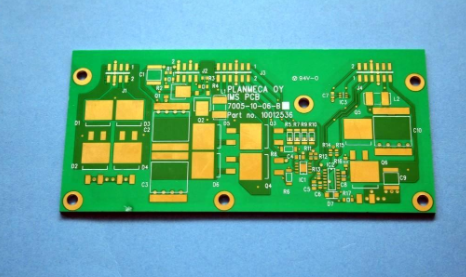How to deal with some theoretical conflicts in actual wiring

Question: In actual wiring, many theories are in conflict with each other;
For example: 1. Deal with the connection of multiple analog/digital grounds: theoretically they should be isolated from each other, but in actual miniaturization and high-density wiring, due to space limitations or absolute isolation, small-signal analog ground traces will be too long. It is difficult to achieve theoretical connection. My approach is to divide the ground of the analog/digital function module into a complete island, and the analog/digital ground of the function module is connected to this island. Then connect the island to the "big" ground through the trench. I wonder if this approach is correct?
2. In theory, the connection between the crystal oscillator and the CPU should be as short as possible. Due to the structural layout, the connection between the crystal oscillator and the CPU is relatively long and thin, so it is interfered and the work is unstable. How to solve this problem from the wiring? There are many other issues like this, especially EMC and EMI issues are considered in high-speed PCB wiring. There are many conflicts, which is a headache. How can I resolve these conflicts?
Answer: 1. Basically, it is correct to separate the analog/digital ground. It should be noted that the signal trace should not cross the divided place (moat) as much as possible, and the return current path of the power supply and signal should not be too large.
2. The crystal oscillator is an analog positive feedback oscillation circuit. To have a stable oscillation signal, it must meet the loop gain and phase specifications. The oscillation specifications of this analog signal are easily disturbed. Even if ground guard traces are added, it may not be able to completely isolate the interference. . And if it is too far away, the noise on the ground plane will also affect the positive feedback oscillation circuit. Therefore, the distance between the crystal oscillator and the chip must be as close as possible.
3. It is true that there are many conflicts between high-speed wiring and EMI requirements. But the basic principle is that the resistance and capacitance or ferrite bead added by EMI cannot cause some electrical characteristics of the signal to fail to meet the specifications. Therefore, it is best to use the skills of arranging traces and PCB stacking to solve or reduce EMI problems, such as high-speed signals going to the inner layer. Finally, the resistance capacitor or ferrite bead method is used to reduce the damage to the signal.
The above is an introduction on how to deal with some theoretical conflicts in actual wiring. Ipcb is also provided to PCB manufacturers and PCB manufacturing technology.